PHOENIX — NASA says it is continuing to prepare for a possible Artemis 2 launch as soon as February, but with remarkably little publicity by the agency for the first crewed flight to the moon in more than 50 years.
In a presentation…

PHOENIX — NASA says it is continuing to prepare for a possible Artemis 2 launch as soon as February, but with remarkably little publicity by the agency for the first crewed flight to the moon in more than 50 years.
In a presentation…

Researchers at The University of Texas MD Anderson Cancer Center have discovered that targeting a specific immune process could help improve recovery after nerve injury and reduce chronic pain.
The study, published in Proceedings…
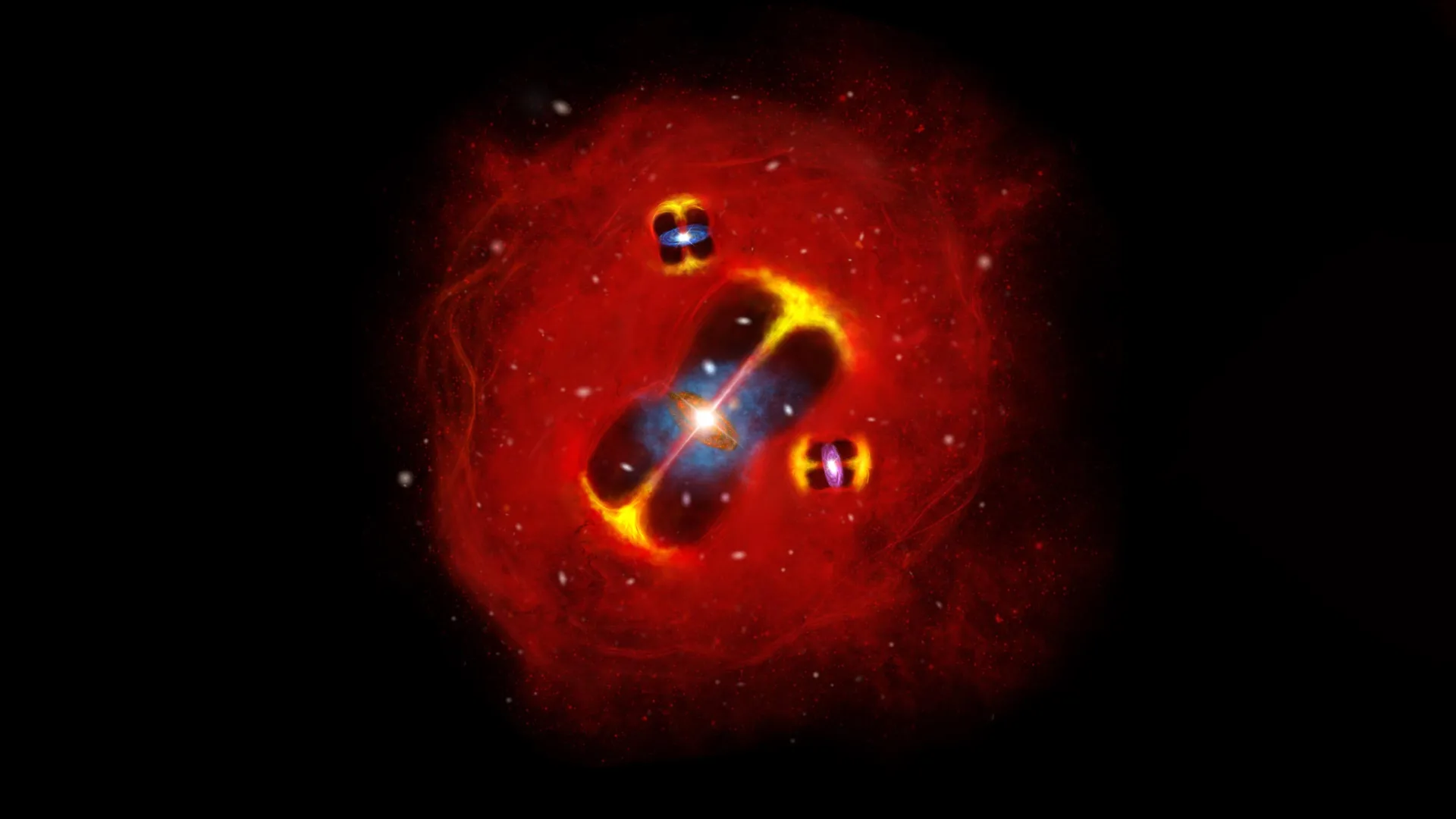
A team of astronomers from several countries, led by researchers in Canada, has identified a galaxy cluster that appears far earlier and far hotter than current science predicts. The cluster is filled with intensely hot gas and existed just 1.4…
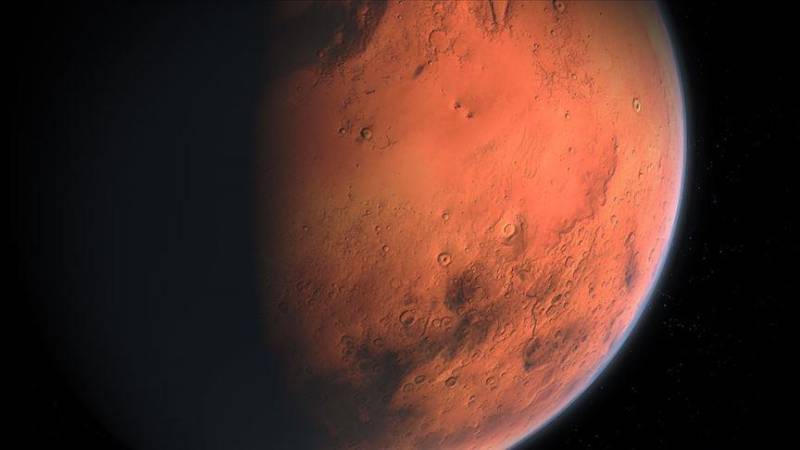
China’s Zhurong rover has uncovered evidence that liquid water persisted on Mars far longer than scientists previously believed, according to a report by Xinhua on Wednesday citing a new peer-reviewed study.
Analysis of ground-penetrating…
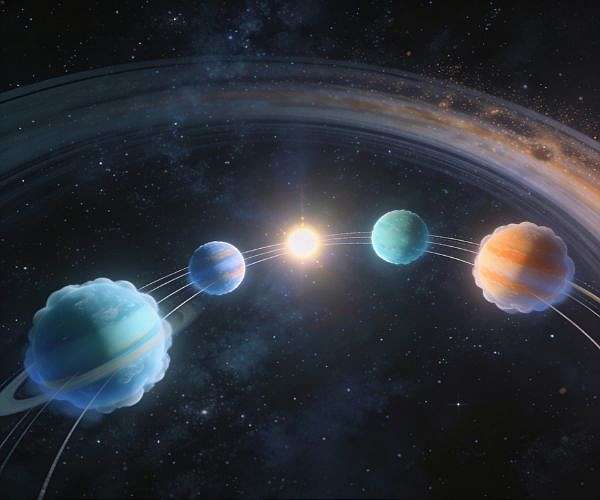
by Riko Seibo
Tokyo, Japan (SPX) Jan 08, 2026
Astronomers have identified a young planetary system that links newborn giant worlds to the compact super Earths and sub Neptunes that dominate the Milky Way. V1298 Tau, a star about 20…
…
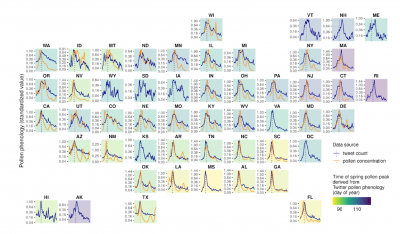
Newswise — Two things are clear from a University of Michigan analysis of nearly 200,000 Twitter posts between 2012 and 2022.
One, people are really good at identifying peak pollen season: The largest volume of…
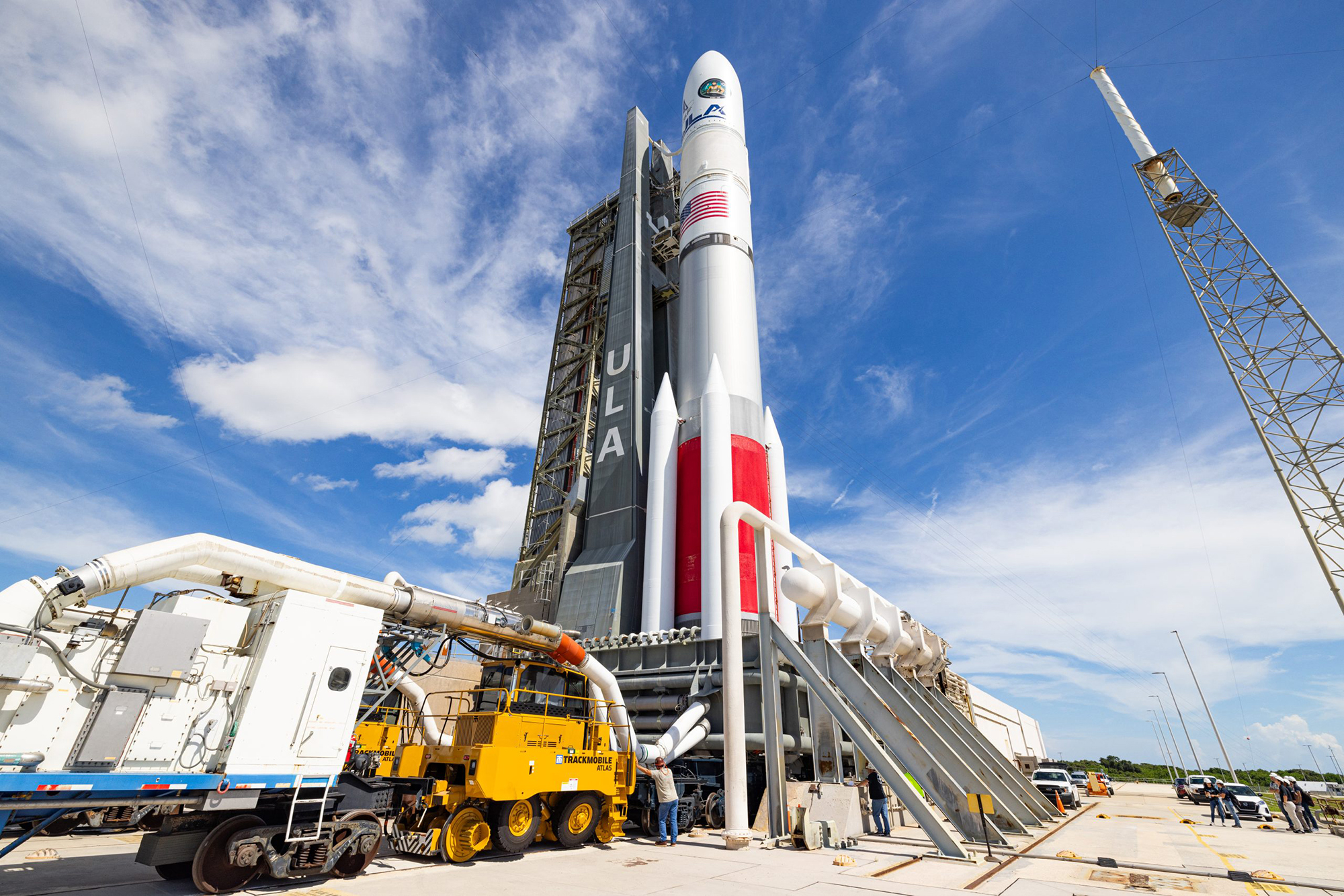
United Launch Alliance’s new Vulcan Centaur rocket is…
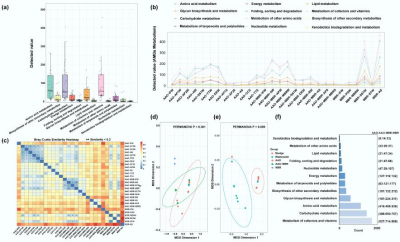
Newswise — These findings suggest that current monitoring strategies, which rely heavily on bacterial indicators alone, may miss critical viral-driven risks and opportunities for safer wastewater reuse.
Viruses are…
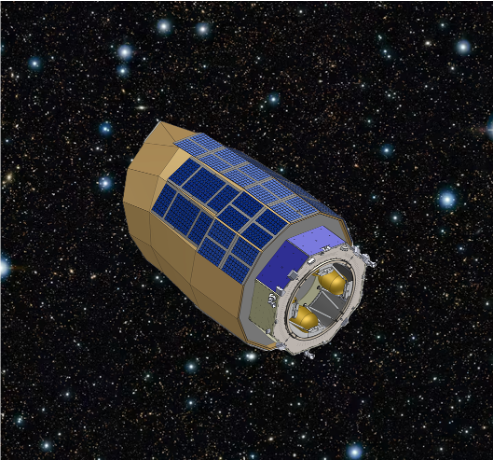
Lazuli will be the largest privately funded space telescope ever built — larger than the Hubble Space Telescope. Credit: Schmidt Sciences
On Wednesday, Schmidt Sciences — an organization…